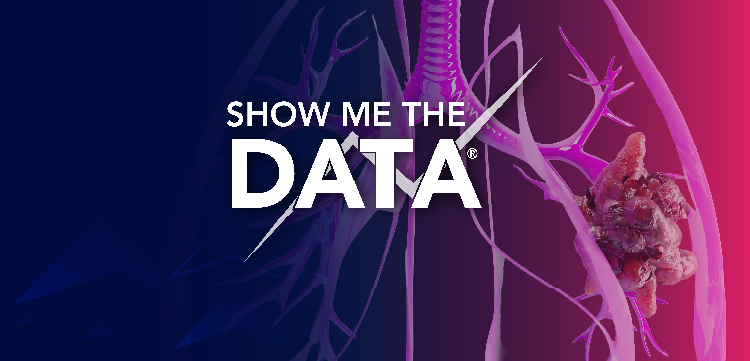
How to Break Life-Changing Diagnosis News to Patients
A stepwise approach can be best. Here are seven rules to follow.
Many patients will receive a life-changing diagnosis at some point, whether that be a chronic illness or cancer.
An increasing number of women are receiving breast cancer diagnoses over the phone, according to a new
This evolution is due in part to increased demand from patients to receive news about their health faster, which is now the norm rather than the exception in healthcare.
“This study highlights a shift in how many patients are informed of breast cancer diagnoses,” says Natalie Long, MD, University of Missouri School of Medicine, who was not directly involved in the actual research project but rather works in medical student education with the School of Medicine. “Rather than routinely receiving the news in the physician’s office, many are now learning of a breast cancer diagnosis over the phone. This has implications on patient satisfaction and also how a patient may navigate through the health system. Advancing technology and a fast-paced digital lifestyle are changing societal norms as well as how we communicate and healthcare will need to adapt as well.”
The trend has prompted the University of Missouri School of Medicine to develop new training methods to better prepare future physicians to deliver negative news without being face-to-face with patients.
“When delivering bad news, such as breast cancer, taking a stepwise approach can help the physician deliver the news in a caring yet informative manner,” says Long.
Seven ways
Long offers seven ways to help healthcare providers deliver life-changing news to patients:
- Try and anticipate results. How would the patient like to be informed? Would they prefer an in-person visit, a telephone call or portal message? Does their preference change if the results are positive or negative?
- Directly deliver the news to the patient. “This is not the time to have staff relay results or to leave a message either on voicemail or with a family member,” Long says.
- Ensure a quiet, private location to discuss the results. If over the phone, ask if now is a good time to talk before delivering the news, and if needed, set up an alternative time.
- Set the context and prepare the patient by leading with an introductory statement to allow the patient some time to prepare for the possibility of bad news. “Unfortunately, the biopsy results aren’t what we were hoping for.”
- Deliver the news clearly and unequivocally, then pause. “This allows the patient to process the news without getting overwhelmed with details,” Long says.
- Provide support, as the patient will likely have an emotional response to the news. Show empathy through supportive phrases and physical contact, if appropriate.
- Secure close follow up is crucial, especially if bad news is given over the phone. “This allows the patient to prepare with questions and bring support persons,” Long says.
Newsletter
Get the latest industry news, event updates, and more from Managed healthcare Executive.



















































